What Is Concrete Resurfacing?
Important Point
Concrete resurfacing is the process to provide a brand new look to damaged concrete. In the process of resurfacing of concrete, a concrete coating is applied on the surface of existing concrete.
Concrete resurfacing is a time-consuming process, and it’s very much labour-intensive process so, it’s a little bit expensive also.
In this process, a special bonding agent is added to the cement mixture to get a smooth cementing surface.
Types of concrete resurfacing-
- Stamped Overlays
- Pool Deck Resurfacing
- Concrete Crack Repair
- Driveway Repair
- Resurfacing Patios
- Resurfacing Products
How to Resurface Concrete?
There are generally four steps of resurfacing concrete, those are
Step 1. Concrete Cleaning
- Concrete cleaning is done by a mechanical machine of high pressure of near about 3500 psi.
- This process is done to remove dust, algae and other hazardous materials because a cleaned surface has a better power of bonding with new materials.
Step 2. Patch Spelled Areas
- In damped concrete, resurfacer is used to fill those patches.
- Resurfaced is made by one part of water with seven-part of resurfaced in a five-gallon bucket.
- Then we need to fill up that place and smooth the area with a trowel.
Step 3. Spread the Resurfacer
- Walkway joints are filled with resurfaced.
- The resurfaced is only workable for 20 minutes.
Step 4. Trowel Operation
- Trowel operation is done to spread the resurfacer.
- The thickness of the resurfacer is ¼ to ⅛ inch.
- We need a total of six hours to use it again.
Concrete Resurfacing Material
The general materials of resurfacing concrete are
- A unique blend of Portland cement
- Sand
- Polymer modifiers
- Many other additives
This is mainly used to repair shrinkage cracks, thin repairs, etc. A fair concrete resurfacing material is defined by its flexibility, sprayable, easy for trowel operation, etc.
Here are some condition of resurfacing concrete before we purchase it from the market-
- It must be water-resistant
- It must be non-slippery
- It should be UV resistant
- It should have the ability to withstand the freeze that cycle
- It should have the ability to resistant against chemicals
- It should have the ability to overcome the heavy foot and vehicle traffic.
Now some readymade products are available in the marketplace, those are-
- Overlay Mix
- MT resurfacer
- Overlay foot mixes
- Versa-Crete resurfacer smooth mix
- Floor top STG
- Top Cap resurfacer
Also, Read: What Is Fresh Concrete | Properties of Fresh Concrete
Concrete Repair and Resurfacing
Concrete Repair
Concrete repair is a process where we fix the problem of the concrete internally. There are several types of concrete repair techniques available, they are
- Epoxy Injection
- Routing and Sealing of Cracks
- Stitching
- Grouting Method
#1. Epoxy Injection
- Epoxy injection is a type of concrete repair process. It’s applied where the concrete cracks are not more than 0.002 inches or 0.05 mm.
- In this process, epoxy resins are entered into the cracks and exposed on the concrete surface.
- Epoxy injections are used in building cracks repairing, dams, bridges and other structures. Epoxy resin techniques need a high skill full labours.
#2. Routing and Sealing of Cracks
- Routing and sealing are applied where structural repair is not applied.
- This is applied where cracks are in the face of the concrete. Sealing is useful in a plane surface than a curved surface.
- The materials used in sealant are epoxies, urethanes, silicone, polysulphide, asphaltic material, polymer mother, etc.
#3. Stitching
- Stitching is another method of concrete repair technique.
- In this process, two holes are drilled in both sides of the concrete cracks. After that, steel bars are used to maintain the crack.
#4. Grouting Method
- In the gravity dam, wide cracks are developed in the dam’s wall.
- This process is by Portland cement grout. This method is very effective to prevent water leaks.
Concrete Resurfacing
- Concrete resurfacing is the process to provide a brand new look to damaged concrete.
- In the process of resurfacing of concrete, a concrete coating is applied on the surface of existing concrete.
- Concrete resurfacing is a time-consuming process, and it’s very much labour-intensive process so, it’s a little bit expensive also.
- In this process, a special bonding agent is added to the cement mixture to get a smooth cementing surface.
Also, Read: How is Concrete Made | What is Concrete | Components of Concrete | How to Mix Concrete
Types of Concrete Resurfacing
Types of Concrete Resurfacing are as follows
- Stamped Overlays
- Pool Deck Resurfacing
- Concrete Crack Repair
- Driveway Repair
- Resurfacing Patios
- Resurfacing Products
#1. Stamped Overlays
- Stamped overlays is a type of concrete resurfacing which gives us aesthetic beauty and texture. This is only used on existing concrete.
#2. Pool Deck Resurfacing
- This is the process to repair damaged concrete. This process is a tiny layer of cement, sand, polymer and resin.
#3. Concrete Crack Repair
- This is one of the most important processes where repair materials are poured into cracks.
#4. Driveway Repair
- Naturally driveway doesn’t need repairs, but sometimes it requires.
#5. Resurfacing Patios
- This is done by the cement-based overlay, which is durable and strong.
#6. Resurfacing Products
- In this type, there are many types of readymade resurfacing products available in the marketplace.
Also, Read: What Is Mix Design of Concrete | Nominal Mix | Design Mix| Difference Between Nominal Mix and Design Mix
What Is Concrete Resurfacing
Concrete resurfacing is a thin cement based overlay that is mixed with special bonding agents. It is poured over existing concrete and adheres to create a beautiful and smooth new surface. As your new surface dries it gets stronger and more durable.
Concrete Resurfacing Material
Concrete Resurfacer is a special blend of Portland cement, sand, polymer modifiers and other additives designed to provide a shrinkage compensated repair material for making thin repairs to sound concrete which is in need of surface renewal.
Can You Resurface Concrete?
Resurfacing is a proven method of restoring the durability and appearance of dilapidated concrete by applying a thin layer of pre-blended, polymer-modified flowable mortar on top of an existing surface. Resurfacing concrete is a significantly less expensive than replacing it.
How Much Does It Cost to Resurface a Concrete Driveway?
If you have a concrete driveway, you can have it resurfaced for around $3 to $5 per square foot. If it’s too damaged or crumbly to resurface, the cost of a new concrete driveway goes for around $2 to $15 per square foot on average.
Can You Resurface a Concrete Driveway?
If sprucing up your concrete driveway is on your list of home improvement projects, consider resurfacing. Resurfacing is a great way to make your existing concrete surface look brand new. You can apply a coating directly to your concrete surface without having to rip anything out—saving time, hassle, and money.
Concrete Resurfacing
Concrete resurfacing is a process of repairing and renewing old, worn-out, or damaged concrete surfaces. It involves applying a thin layer of new concrete or a decorative coating to the existing surface, which can improve its appearance and functionality.
Concrete Resurfacing Products
The ideal choice for both residential and commercial applications. QUIKRETE® Concrete Resurfacer provides an economical alternative to removing and replacing existing old, spalled concrete.
How to Resurface Concrete?
- Clean the surface
- Repair any damage
- Apply a bonding agent
- Mix the resurfaced
- Apply the resurfaced
- Texture the surface
- Allow the resurfacer to dry
Concrete Resurfacing Before and After
Concrete resurfacing can transform a worn-out or damaged concrete surface into a beautiful, durable, and functional space. Here are some before and after examples of concrete resurfacing:
- Driveway
- Pool deck
- Patio
- Sidewalk
Resurface Concrete Steps
Step 1: Clean the Concrete. For surface preparation, wear heavy boots and protective glasses and blast off surface dirt with a gas-powered pressure washer that can reach at least 3,500 psi.
Step 2: Patch Spalled Areas.
Step 3: Spread the Resurfacer.
Step 4: Trowel Out the Resurfacer.
Best Concrete Resurfacer
The best resurfacing product for cracks is a product by Kilz. Kilz Over Armor can handle any minor cracks your concrete can throw at it. The product has a thinner consistency so it wouldn’t be a good fit for more extensive damage. Over Armor can handle cracks that are up to 1/4″ in depth.
Concrete Repair and Resurfacing
Concrete repair:
The process of concrete repair typically involves identifying the cause of the damage, cleaning and preparing the surface, and applying a concrete repair material to fill in the damaged area. The repair material may be a cementitious mix, epoxy, or other specialized material depending on the type and severity of the damage.
Concrete resurfacing:
Concrete resurfacing involves applying a thin layer of concrete or concrete-like material to an existing concrete surface. This is done to improve the appearance and durability of the surface, and to protect it from future damage.
Ways to Resurface Concrete
Simply put, concrete resurfacing is a thin cement based overlay that is mixed with special bonding agents. It is poured over existing concrete and adheres to create a beautiful and smooth new surface. As your new surface dries it gets stronger and more durable.
Best Concrete Resurfacing Products
Sakrete Flo-Coat Concrete Resurfacer: Sakrete Flo-Coat Concrete Resurfacer is a polymer-modified, cement-based product designed to resurface concrete surfaces. It can be used on horizontal or vertical surfaces and creates a smooth, durable finish that resists wear, water, and weathering.
Concrete Resurfacing Portland
Concrete resurfacing is a popular option for restoring worn-out or damaged concrete surfaces in Portland, Oregon. There are many concrete contractors in Portland that offer concrete resurfacing services using a variety of products and techniques.
Like this post? Share it with your friends!
Suggested Read –
- Difference Between Marble and Granite | What Is Marble and How Is It Made | What Is Granite and How Is It Made
- What Are Walls | What Is Interior Walls | Types of Interior Wall Materials | Types of Wall Construction | Types of Load Bearing Wall
- Building Layout | How to Building Layout | What Is Method of Layout of Building | Control Lines of Construction | Construction Layout
- Emulsion Paint Vs Oil Based Paint | Purpose of Providing Paints | Properties of Good Paint | Properties of Good Paint | What Is Oil Based Paint
- Difference Between Sketching and Drawing | What Are Conceptual Sketches | Architecture Concept Drawing | Types of Drawings for Building Design
- Definition of Shear Force and Bending Moment | What Is Shear Force | What Is Bending Moment | Relation Between Loading, Shear Force & Bending Moment
Originally posted 2023-04-15 06:02:19.
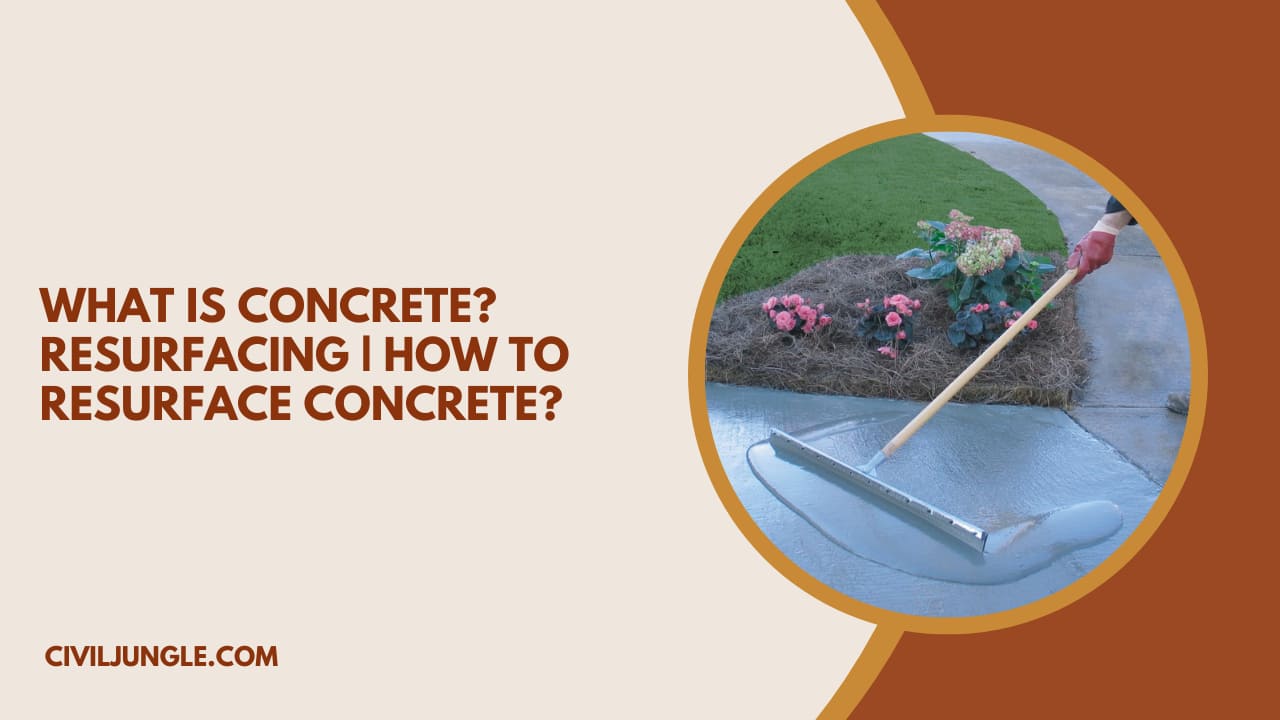


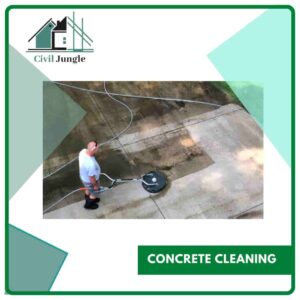
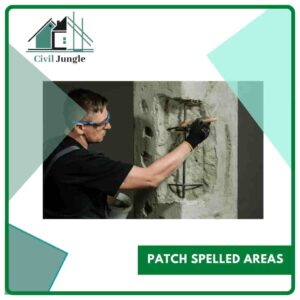
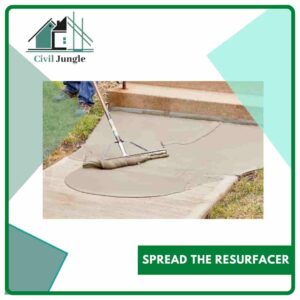
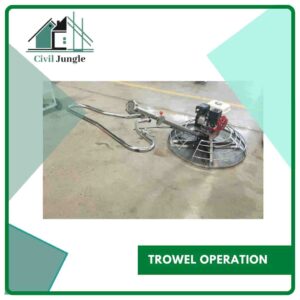
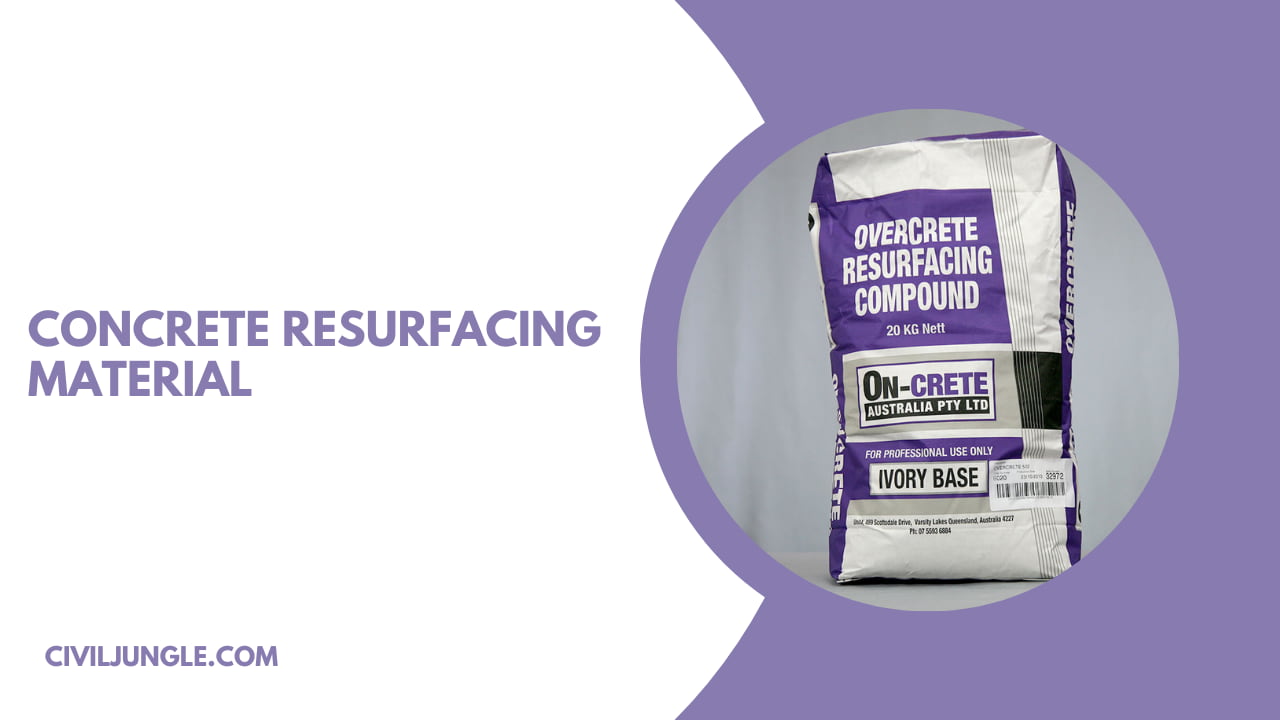
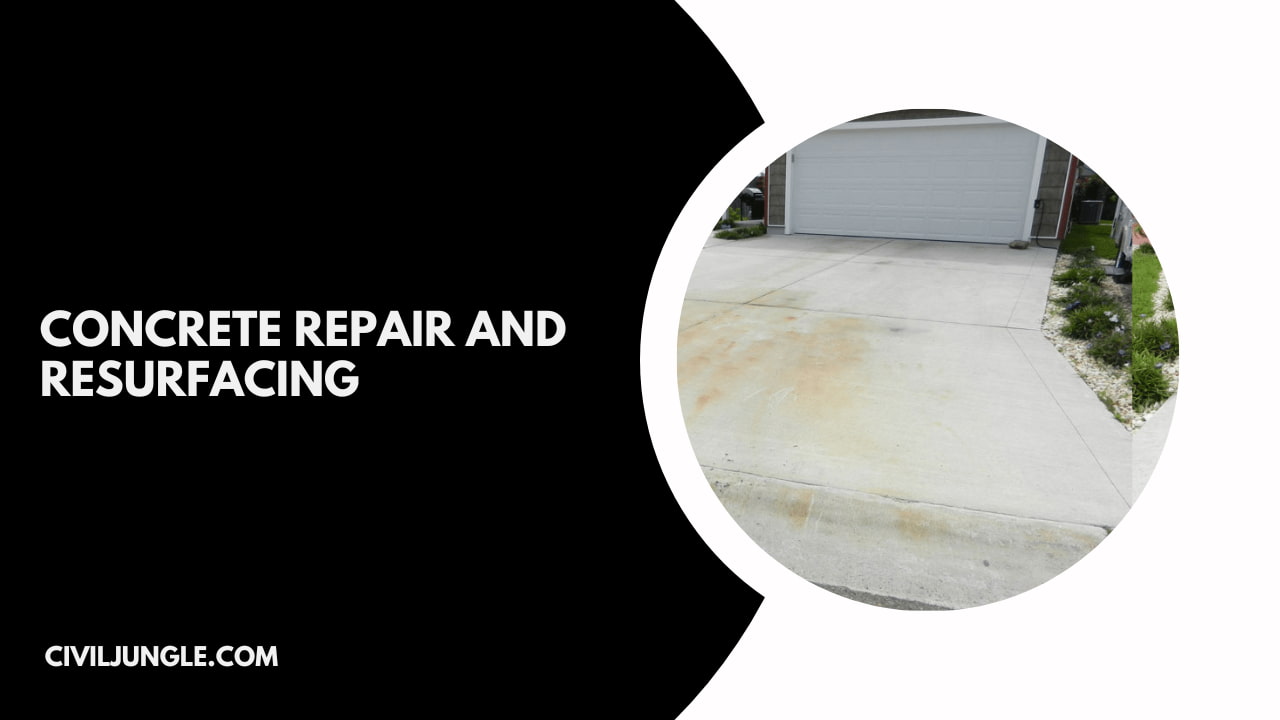

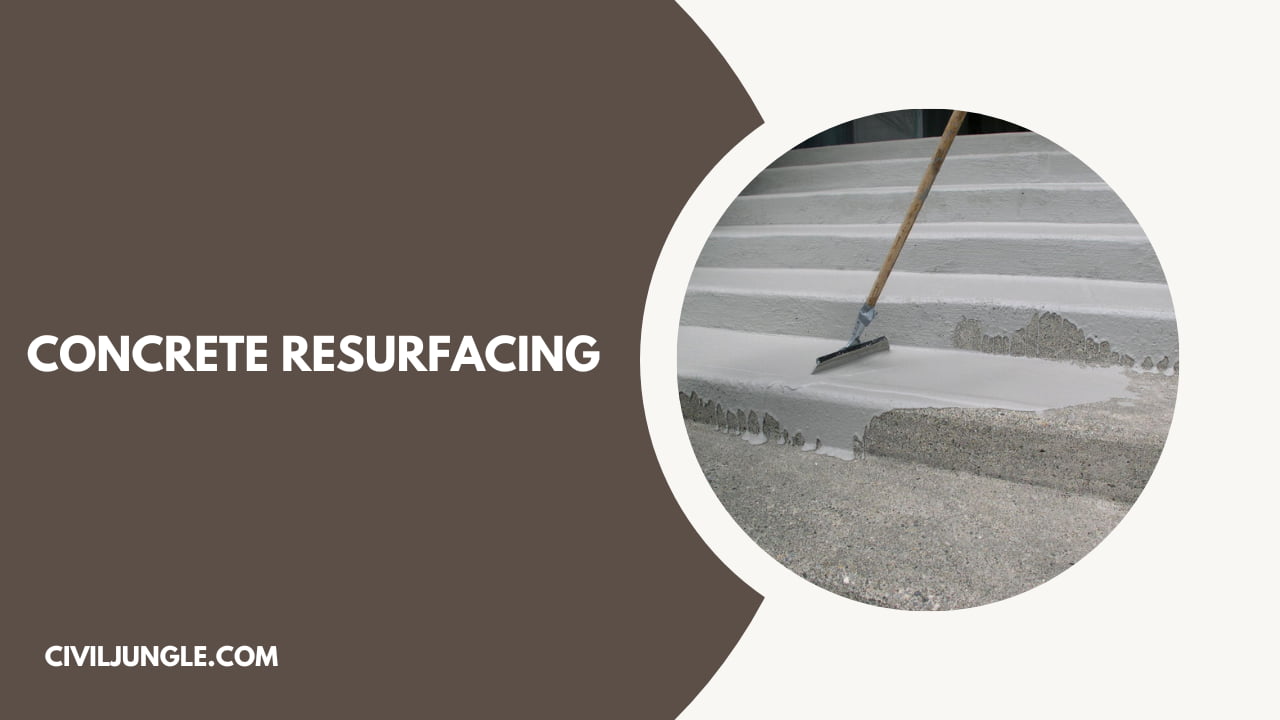

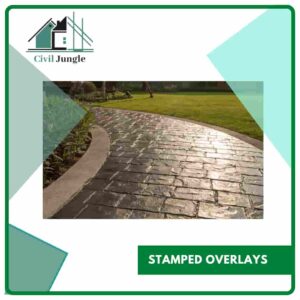

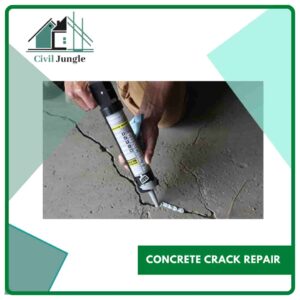

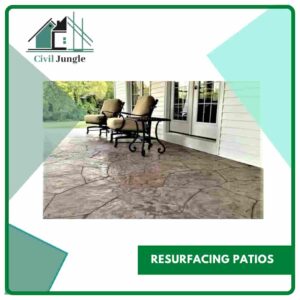
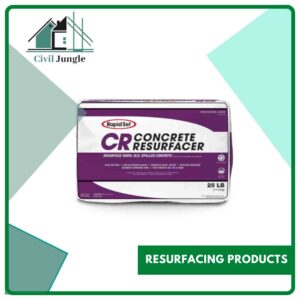

Leave a Reply